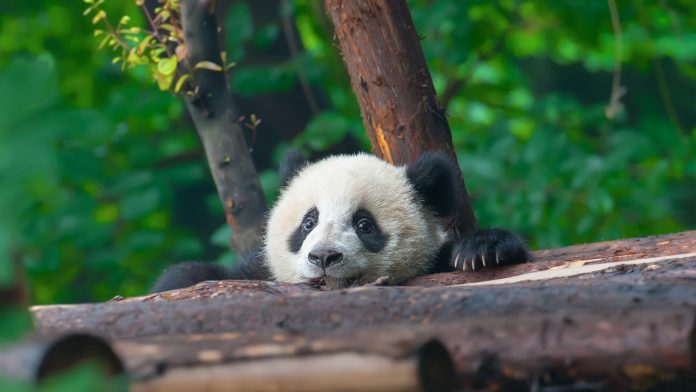By converting lignocellulosic biomass into a sustainable bioethanol, scientists are to develop a sustainable biofuel that relies on the digestive system of pandas.
A team of researchers from the Department of Engineering and the Department of Bioscience at Aarhus University aims to convert lignocellulosic biomass into sustainable bioethanol.
Lignocellulosic biomass is currently an unexploited carbon source. This is because scientists have not yet developed a technology that can productively transform the energy found in the substance.
Scientists may have found the solution to capturing this untapped energy in the intestines of pandas and slugs, as well as inside ants’ fungus gardens.
“Among other things, we’ve collected a large amount of panda poo, and incubated the bacteria in the laboratory. We then fed bamboo to these bacterial colonies and found that they can very quickly break down lignocellulosic biomass into ethanol, lactate and hydrogen.
“The microbial culture that has developed in the gut of pandas seems to be quite unique,” says Associate Professor Alberto Scoma from the Department of Engineering, who is heading the Engineered Microbial Systems research group at Aarhus University.
Unlocking the panda’s potential
Physiologically, pandas are carnivorous bears. However, their diet consists of almost 99% bamboo. It takes the panda between five and 12 hours to fully digest and excrete the lignocellulosic biomass that bamboo consists of.
“If a heavy Panda can feed itself with lignocellulosic biomass with a digestion time of only up to 12 hours, its digestive system must be really good at breaking down the material. Pandas eat a lot of bamboo per day, about 10 kg.
“So, the microbes in the gut are used to receive a high amount of lignocellulose and must process it very quickly. We can do something useful with microbes like these. Therefore, we’re trying to understand the process in detail, so that we can repeat it in the laboratory, and hopefully use it in industry in the future,” says Alberto Scoma.
Working with Stine Slotsbo, special consultant, Hans Joachim Offenberg, senior researcher, and Jesper Smærup Bechsgaard, all from the Department of Bioscience, and with Thomas Boesen, Associate Professor at the Department of Molecular Biology and Genetics, Associate Professor Alberto Scoma has included other species in the project, which also digest lignocellulosic biomass.
“Portuguese slugs (Arion lusitanicus) and leaf-cutter ants (Atta cephalotes) were an obvious choice for the project, as both species feed on similar biomass. Slugs, like pandas, by eating it directly, while the ants use fungi to break down the biomass for them,” says Hans Joachim Offenberg.







